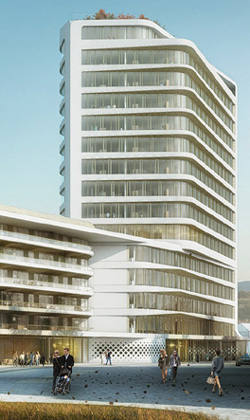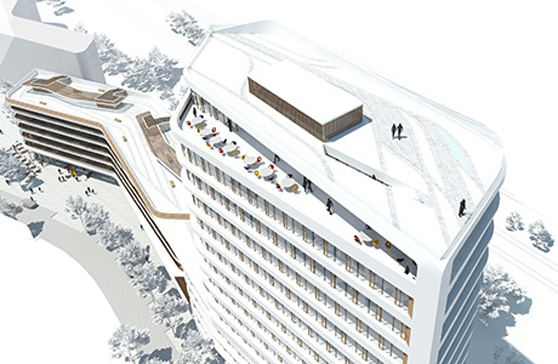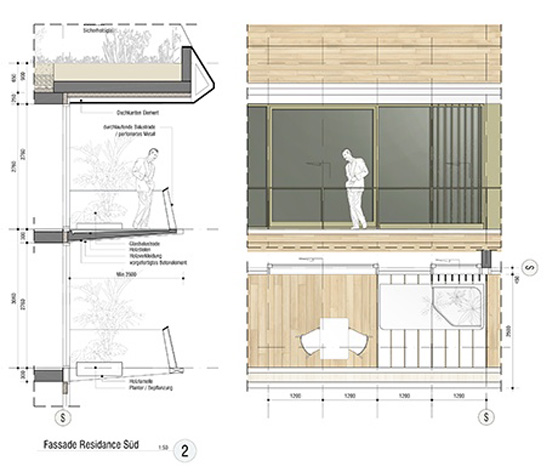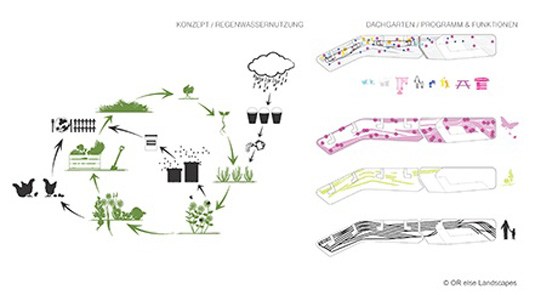
UNStudio won the competition for the Baumkirchen Mitte complex in Munich
Ben van Berkel
 |
UNStudio collaborated on the design of a residential and office complex located in eastern Munich, with a total area of 18,500 m², with the landscape office OR else Landscapes. The sixty-meter-high tower will become the focal point for the entrance to the new Baumkirchen Mitte development.
Ben van Berkel comments on the project: “In the façade solution, we chose sobriety that encompasses contrasting scales of details. The horizontal bands that wrap around the building and organize it present a discreet segmentation from a distance, however, when you approach the building, you will discover the refined scale of intricate, complex detailing.”
 |
New Work — Focused individual work, brainstorming meetings, and improvised work sessions, which quickly become part of contemporary work culture, require spaces and layouts that can flexibly respond to these new demands. In UNStudio's design, the identity of the building is based on neutral spaces – such as foyers, lobbies, or meeting areas. The project combines zones that guarantee maximum flexibility for diverse user combinations with exclusively designed areas that offer space for communication and creativity.
 |
New Housing — Changing demands and expectations placed on contemporary housing are at the core of the design of residential spaces within the project. It includes flexible types of housing, offering variable configurations and the possibility to connect neighboring units. The floor plans additionally allow variations in apartment layouts – directly responding to the specific individual requirements of the residents.
 |
Outdoor spaces, varying in scale, represent an integral part of the apartments. The experience of living thus does not limit itself to the apartments alone, but begins upon entering the building and stepping into the communication spaces. It further extends to both shared and private outdoor areas. Such an expansion of the housing concept encourages interaction among residents and creates a balance between lively public spaces and the need for privacy.
 |
Duality — Two contrasting materials that define the appearance of the house and the feeling it conveys reflect the duality of the program on the façade. Light metal forms the background and gives the house a contemporary, light appearance, while the contrasting use of wood lends the building the appearance of a custom-made piece of furniture designed for urban space.
 |
Sustainable Residential Landscape — Remnants of the former railway tracks create a drawing – a floor plan of the roof gardens. The linear structure defines spaces for gardens with vegetables and herbs for cooking, for children's play, as well as for rows of ornamental grasses or flowering perennials. They are inspired by the spontaneous vegetation of railway embankments. With the incorporation of vegetable gardens, a rainwater irrigation system, harvesting, composting, and beekeeping, the roof gardens exceed the concept of mere recreational zones – in addition to this, they play a significant ecological role by contributing to sustainable environmental development.
 |
 |
The English translation is powered by AI tool. Switch to Czech to view the original text source.
0 comments
add comment










